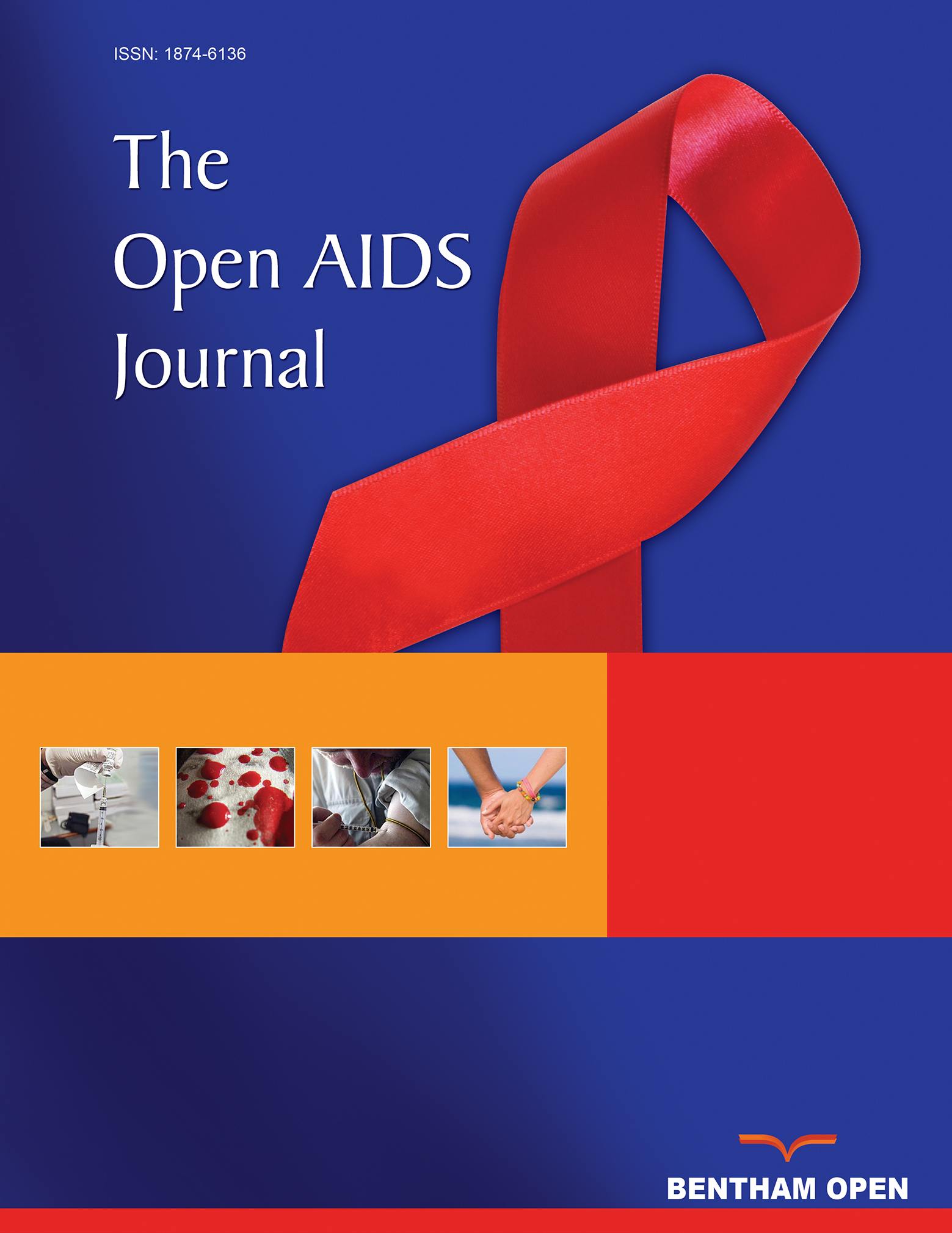All published articles of this journal are available on ScienceDirect.
Pulmonary Function in Brazilians Living with HIV: A Comparative Cross-Sectional Study
Abstract
Background
Pulmonary function assessment is essential for identifying respiratory diseases and understanding clinical changes that may lead to functional limitations. People living with HIV (PLHIV) may present respiratory impairments due to chronic immune and inflammatory alterations. Evaluating these changes is crucial for early clinical management.
Objective
To compare pulmonary function parameters between PLHIV and healthy controls, aiming to identify clinical patterns associated with HIV infection.
Methods
This cross-sectional study included 46 male participants aged 18 to 60 years, with 23 in the PLHIV group and 23 in the control group. Six women from each group were excluded to ensure sample homogeneity and proper matching. Pulmonary function was assessed using spirometry without bronchodilator, evaluating Forced Vital Capacity (FVC), Forced Expiratory Volume in the first second (FEV1), and the FEV1/FVC ratio. Anthropometric data and physical activity levels were also collected. Group comparisons were performed using the Wilcoxon test, with calculation of effect size and statistical power.
Results
PLHIV showed significantly lower pulmonary function compared to the control group, with reductions in both FVC and FEV1 (p < 0.01). The FEV1/FVC ratio remained preserved, indicating a restrictive pattern. A total of 56.25% of PLHIV presented restrictive changes in spirometry, while 100% of the control group had normal pulmonary function. The analysis revealed a large effect size (1.27), high statistical power (0.94), and an adjusted odds ratio of 49, calculated using the Haldane-Anscombe correction due to a zero count in the control group.
Discussion
The scientific literature has yet to reach a consensus on whether people living with HIV (PLHIV) predominantly present restrictive or obstructive respiratory patterns. The findings of this study, obtained through a mathematical analysis of effect size, suggest that restrictive patterns may occur frequently in this population. In cases of restrictive patterns, interventions aimed at pulmonary re-expansion may be useful in preventing long-term impairments. As limitations, this study highlights the exclusive comparison with individuals of female biological sex and the small sample size.
Conclusion
PLHIV exhibit restrictive pulmonary changes that may negatively impact their functional capacity over time. These findings highlight the importance of routine pulmonary monitoring in PLHIV, even in the absence of overt respiratory symptoms.


